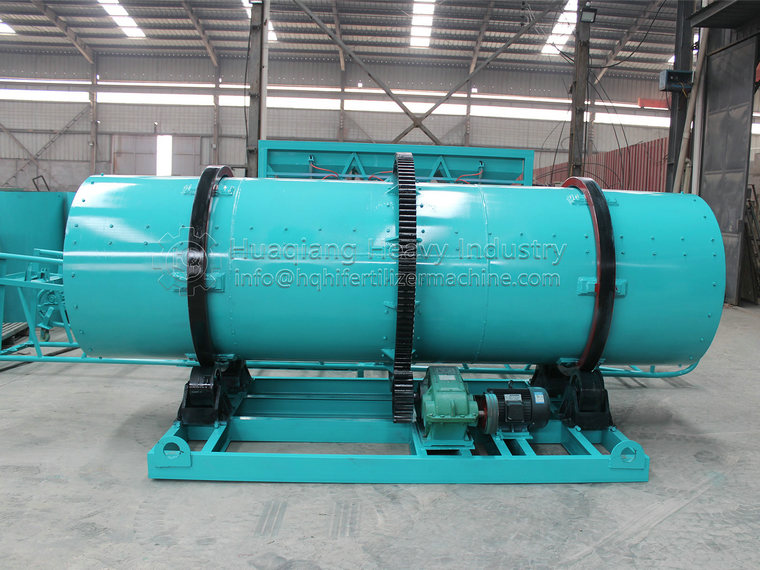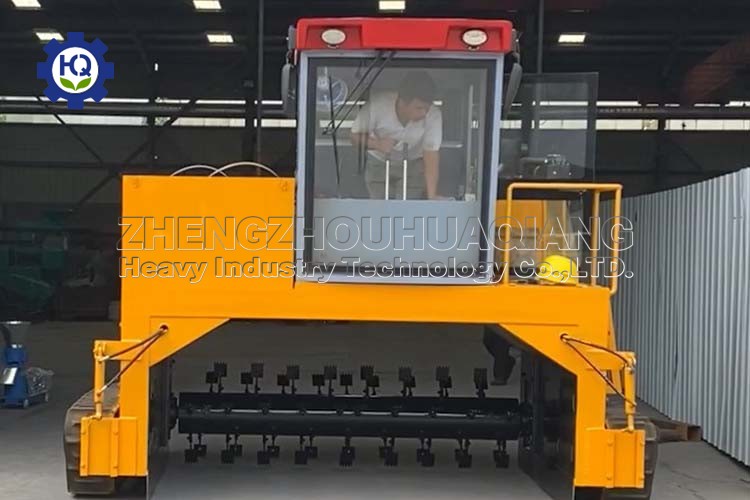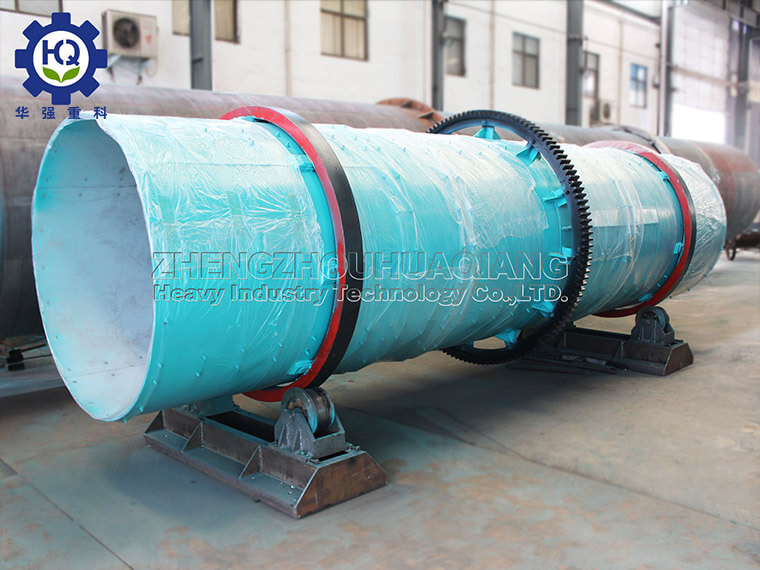fertilizer equipment manufacturer specializes in producing fertilizer machines. We have designed various types of fertilizer production lines. For example, NPK fertilizer manufacturing process is designed for the production of special compound fertilizer. The design of fertilizer production line has important advantages for the development of agriculture. As the NPK fertilizer manufacturing process is adopted, different types and series of compound fertilizer machinery are equipped to complete the production process, which improves the work efficiency and simplifies the fertilizer production process. It also saves more labor costs for investors..jpg)
In addition to providing professional fertilizer manufacturing technology and equipment, we also provide a number of services.
Pre sales service: fertilizer manufacturing process equipment manufacturers provide you with project design, process design, recommend the appropriate NPK fertilizer granulator for you according to your raw materials, and formulate a suitable selection scheme of machinery and equipment. According to the special needs of users, design and manufacture products, train technical operators for users.
In sale service: accompany you to complete the acceptance of the equipment, and assist in drawing up the construction scheme and detailed process.
After sales service: the company sends technical personnel to the site to guide the installation and commissioning of organic fertilizer equipment (except for vulnerable parts), and guarantee the quality within one year.
.jpg)

.jpg)
.jpg)


.jpg)

